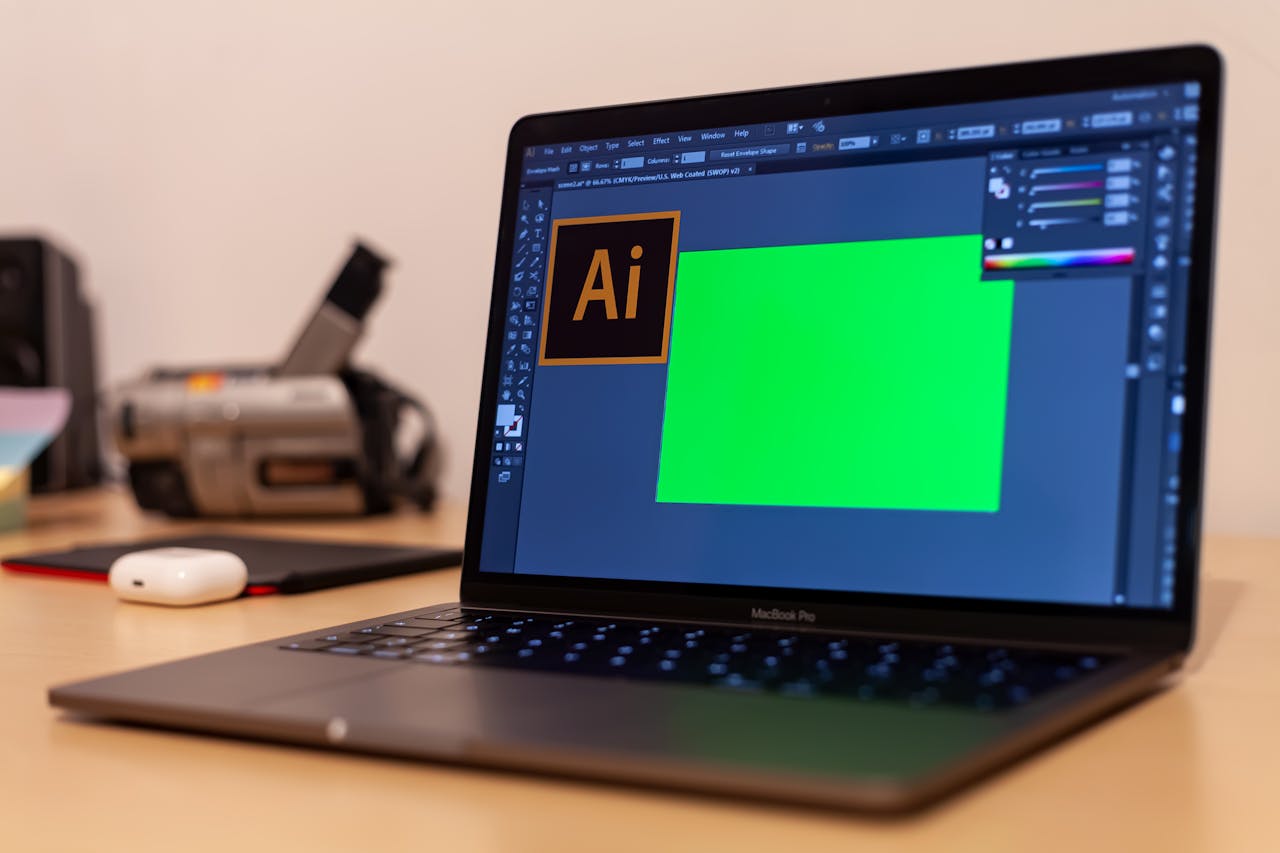Rapid Image Resizing:
Simple Steps for Quick Adjustments

Key Takeaways
Have you ever wondered why some online images look crisp while others are frustratingly blurry or slow to load? The secret lies in how well they're resized. Whether you're looking to spruce up your blog, sharpen your social media presence, or just manage your photo collection more effectively, mastering the art of image resizing can make a difference.
This guide offers a straightforward approach to resizing your images quickly and effectively, ensuring they always look their best and load without a hitch—no advanced tech skills required! Let's dive into the simple steps to transform your digital media game.
Why Resize Images?
Resizing images is important for several reasons. It speeds up websites, ensures emails are sent without problems and keeps images looking good on social media. For printed items, it helps ensure the images fit well within the design and look sharp. Resizing also reduces file size, which keeps your digital storage tidy and cost-effective. By learning to resize images efficiently, you can speed up your work and keep your images looking their best.
What Is Image Resizing?
Image resizing is about changing the size of your image, making it larger or smaller, which affects both the resolution and the file size. This differs from cropping, which cuts parts of the image to change the focus or fit a specific area. Resizing adjusts the whole image while cropping cuts away parts of it.
Common Uses of Image Resizing:
- Web design: To speed up page loading and fit the layout.
- Social media: To meet the size requirements of different platforms.
- Print: Ensure the image meets printer resolution needs and looks clear when printed.
Tools for Easy Image Resizing
Choosing the right tool can make resizing images much easier. Here are three tools suited for different needs:
Adobe Express
Adobe Express lets you upload, resize, and download images easily. It's user-friendly and perfect for beginners, with free basic features. If you're looking for a quick way to resize images without compromising quality, you can learn how to resize an image in seconds using Adobe Express.
Image Resizer (imageresizer.com)
This online tool is great for resizing many images quickly. It's simple to use and runs in the cloud, so it doesn't slow down your computer.
BeFunky
BeFunky is great for detailed resizing, allowing pixel adjustments and scaling. It's good for beginners and experienced users who need more control over their image dimensions.

How to Resize Images: A Step-by-Step Guide
Resizing images is straightforward if you follow these steps for each tool mentioned:

Using Adobe Express:
- Open Adobe Express: Go to their site and find the image resizing tool.
- Upload Your Image: Click the upload button and select your image.
- Choose Resize Option: Pick from preset sizes or enter your own.
- Adjust Image Quality: If needed, tweak the quality to keep the image clear.
- Preview and Download: Check the image and download it in the format you need.
Using Image Resizer:
- Open the Tool: Visit imageresizer.com.
- Upload Your Image: Click "Upload" and choose your image.
- Set Target Size: Enter the dimensions you want.
- Resize and Download: Click "Resize" and then download the finished image.
Using BeFunky:
- Start BeFunky: Open the site and go to the Photo Editor.
- Upload Your Image: Click "Open" to upload your image.
- Select 'Resize' Tool: Find and click the 'Resize' tool.
- Adjust and Apply: Set your dimensions, maintain the aspect ratio, and apply.
- Download: After any final adjustments, download your image.
Advanced Tips and Common Mistakes
To get the best results, keep these tips in mind:
- Batch Resizing: Resize many images at once to save time. Choose a tool that offers batch processing.
- Maintain Image Quality: Start with high-quality images and don't resize too much to avoid losing clarity.
- Preserve Aspect Ratio: Ensure the "Lock Aspect Ratio" option is on to avoid distorted images.

Pitfalls to Avoid:
- Over-resizing: Don't enlarge an image too much; it can become blurry.
- Wrong Aspect Ratio: Ensure the resizing tool keeps your image proportions correct.
- Choose the Right Format and Resolution: Use JPEG for photos and PNG for graphics, and adjust resolution settings depending on whether your image is for web or print.
Conclusion
This guide breaks down image resizing into easy steps, helping you adapt your images for any purpose. Remember to use the right tools, monitor image quality, and avoid common resizing mistakes. With these basics, you'll be able to handle most image resizing tasks quickly and confidently.
As you streamline your digital workflow, managing other aspects of your finances is crucial. If you're interested in learning about how much you're paying in interest on your credit cards and ways to reduce these costs, visit our comprehensive guide here.